Last Updated on November 5, 2020 by OJ Maño
Where can I find the Kalayaan Tree of Malolos?
Maloleños favorite meeting place is the “Kalayaan Tree of Malolos” since time immemorial. It stands in front of the Malolos Cathedral, also known as the Basilica Minore de la Nuestra Señora de Inmaculada Concepcion. This may look just like any other tree in the area, and it is true. But it’s the history associated with it that counts.
It was said that this tree almost did not survive when Heneral Antonio Luna and his men burned down the cathedral’s convent. They did this per instructions from then-President Emilio Aguinaldo ahead of the surging American soldiers.
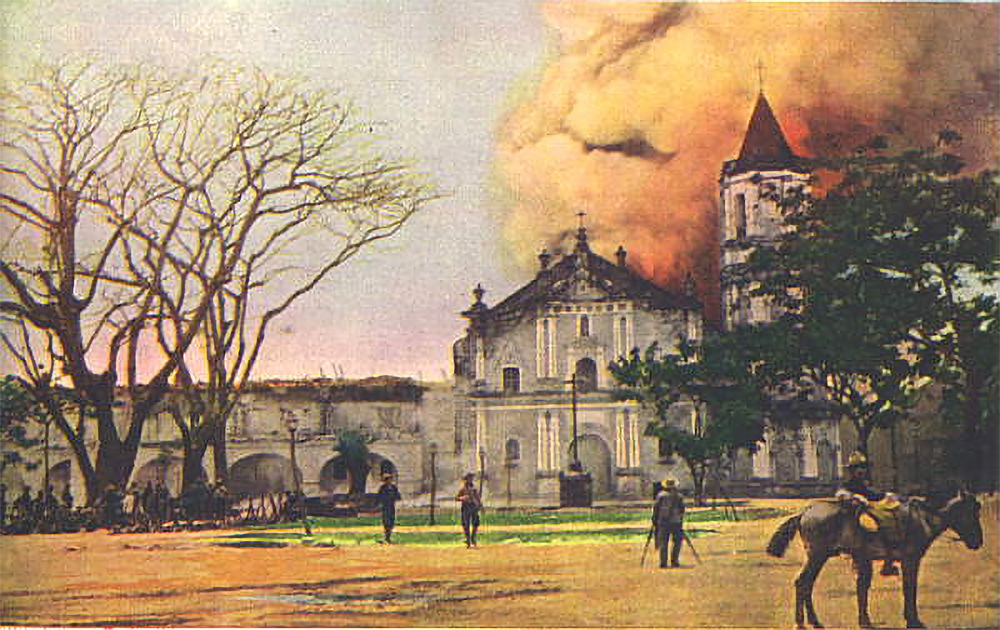
This was mentioned in the 2015 biopic movie entitled Heneral Luna. Actor John Arcilla played the lead role in depicting General Antonio Luna’s leadership of the Revolutionary Army during the Philippine-American War.
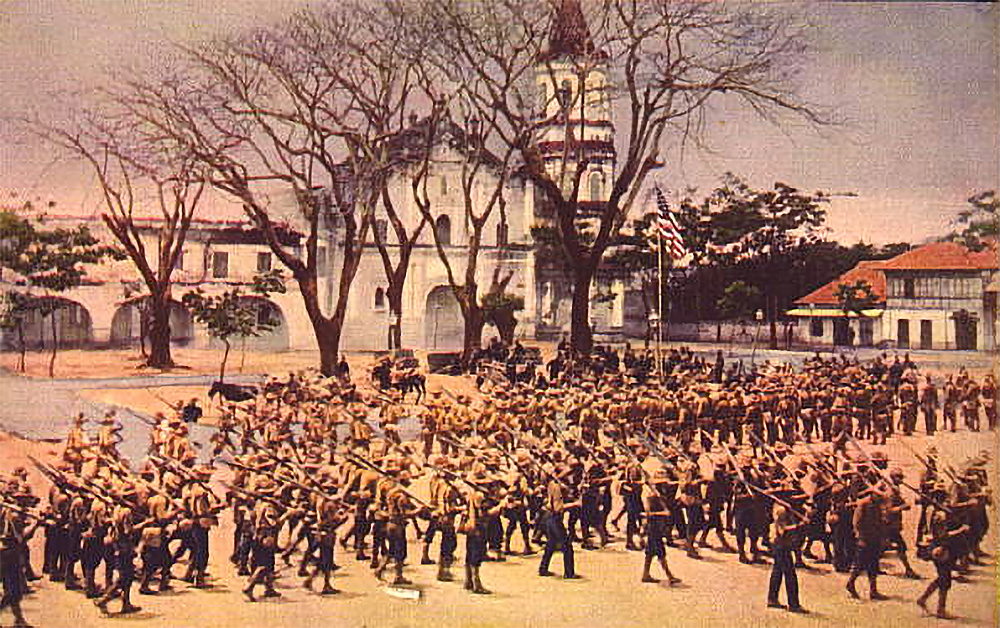
They burned all-important government documents kept in Aguinaldo’s headquarters. The Kalayaan Tree of Malolos also caught fire and was badly damaged, but incredibly managed to survive. The president and his trusted soldiers fled to San Fernando, Pampanga. Eventually, they went to San Isidro, Nueva Ecija, to reestablish the Philippine government seat.
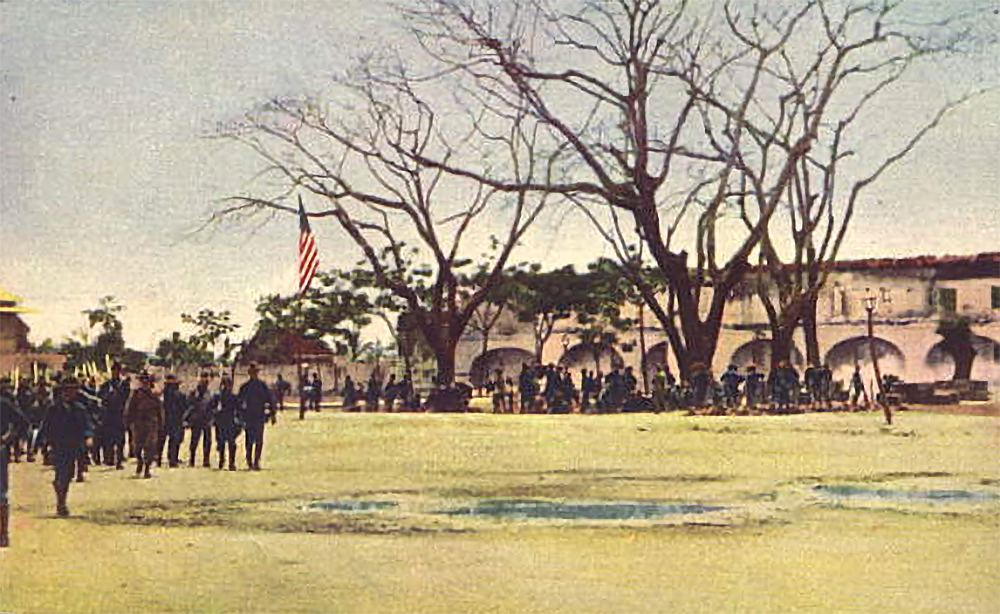
On March 31, 1899, the American forces captured Malolos, gutted by fires set by withdrawing Philippine Republic forces.
How old is this Kalayaan Tree of Malolos?
According to scientists, the Kalayaan Tree of Malolos (Tree of Freedom) is classified as a ‘Siar tree.’ Its scientific name is Peltophorum pterocarpum and is common in Asia and some parts of Australia and the US. This deciduous tree is fast-growing and can reach a height of 9 meters in 3 years. I don’t know the Filipino term for this tree, as I grew up knowing this simply as the ‘Kalayaan Tree.’
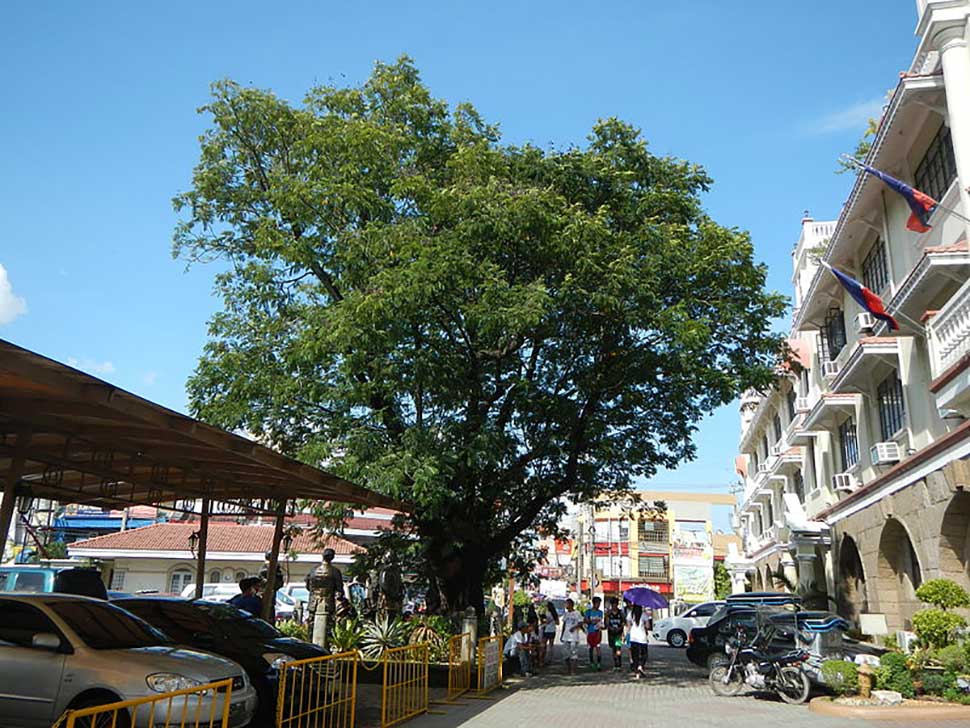
I have read and heard rumors saying that Emilio Aguinaldo planted this tree during his stay at the Malolos Cathedral convent. The convent served as his office and official residence during his term as the President of the First Philippine Republic in 1898-1899. However, old pictures of the Cathedral patio laud the presence of this landmark. This proves that this tree was already present during the First Philippine Congress in September of 1898, debunking the rumor.
The Kalayaan Tree of Malolos also witnessed the Japanese occupation during World War II. According to our grandparents, Malolos was relatively spared from the brutal war as Bataan and Manila were the main battlegrounds. Many residents of Malolos had fled to the surrounding farms even before the Japanese reached Malolos. So when the Japanese forces came, the town was almost empty.
Let us do the math with assumptions based on historical artifacts and tree science. This year is 2020 minus 1898 (Malolos Congress). This gives us a difference of 122. Let’s assume that this tree was planted (by someone or by nature) sometime in 1895 and grew to 9 meters after 3 long years, the normal average tree height. Therefore, we can say that the Kalayaan Tree of Malolos is roughly 125 years old already (or possibly even more).
The Landmark: Kalayaan Tree of Malolos
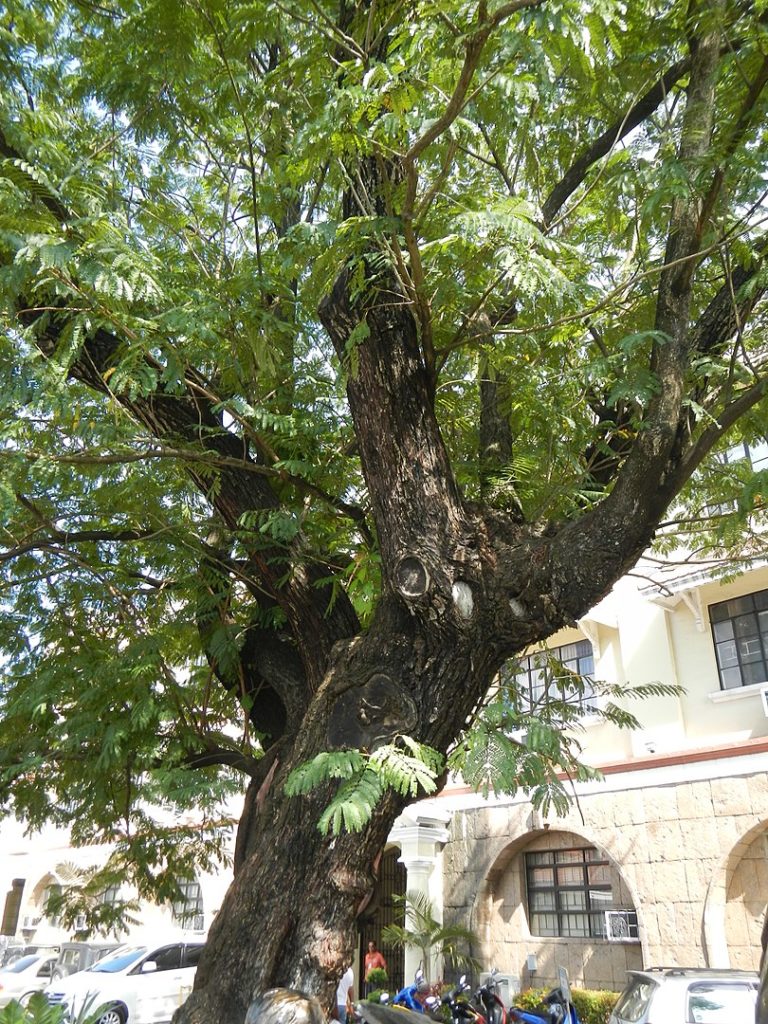
Today, there are life-size monuments under the tree. These symbolize the meeting of Bulakenyo revolutionaries and leaders represented by Gregorio del Pilar, Gen. Isidoro Torres, Don Pablo Tecson, Padre Mariano Sevilla, and Doña Basilia Tantoco. So next time you set foot on the Malolos cathedral patio, take some time and appreciate this historical tree. Take a selfie!

It is a living testament and a mute witness to Filipino bravery and resilience, time and time again. As its old historical marker aptly describes, “this centuries-old tree has been a living witness to many historical events that transpired on this hallowed plaza.”